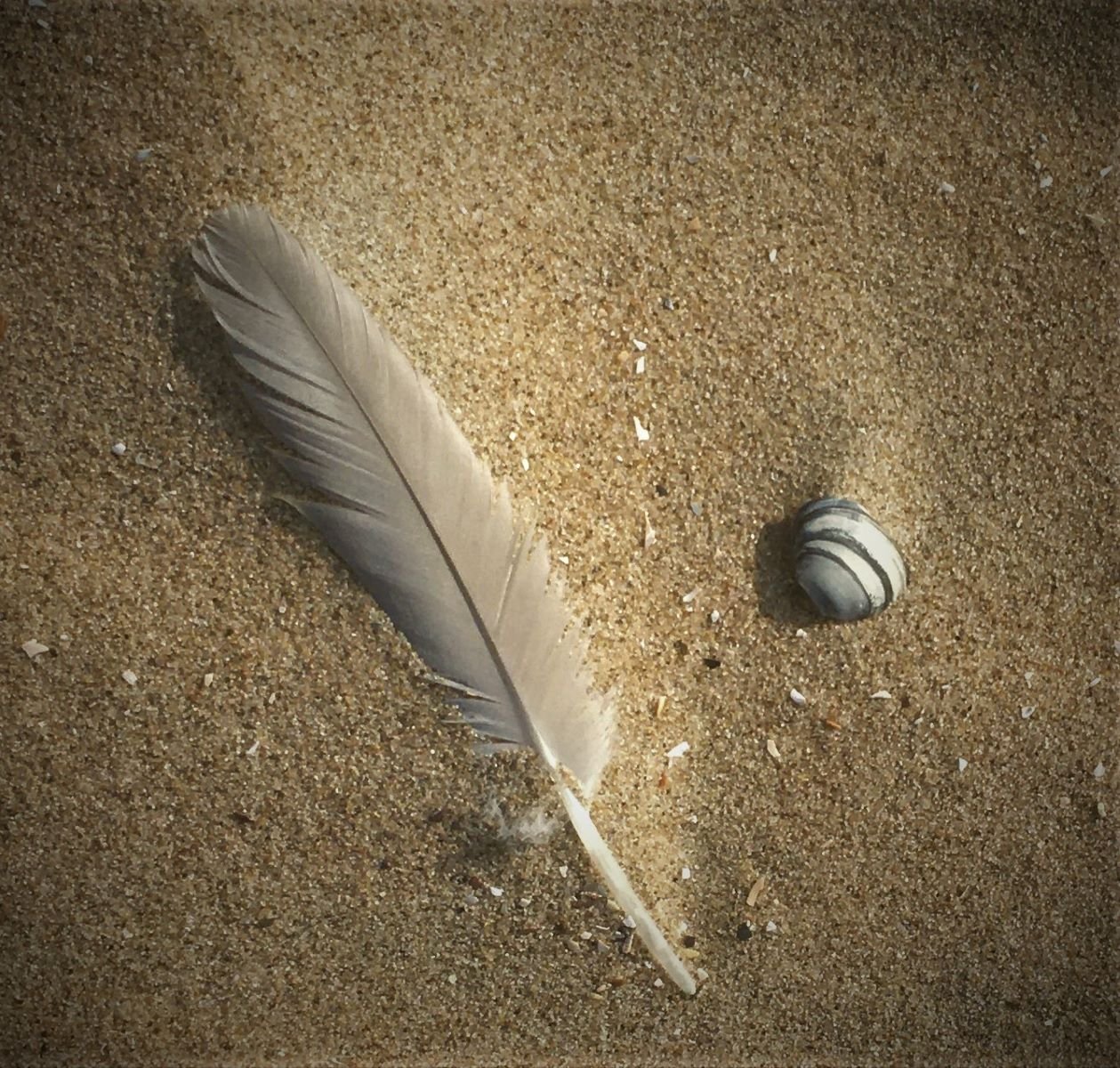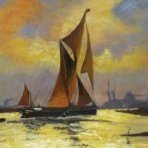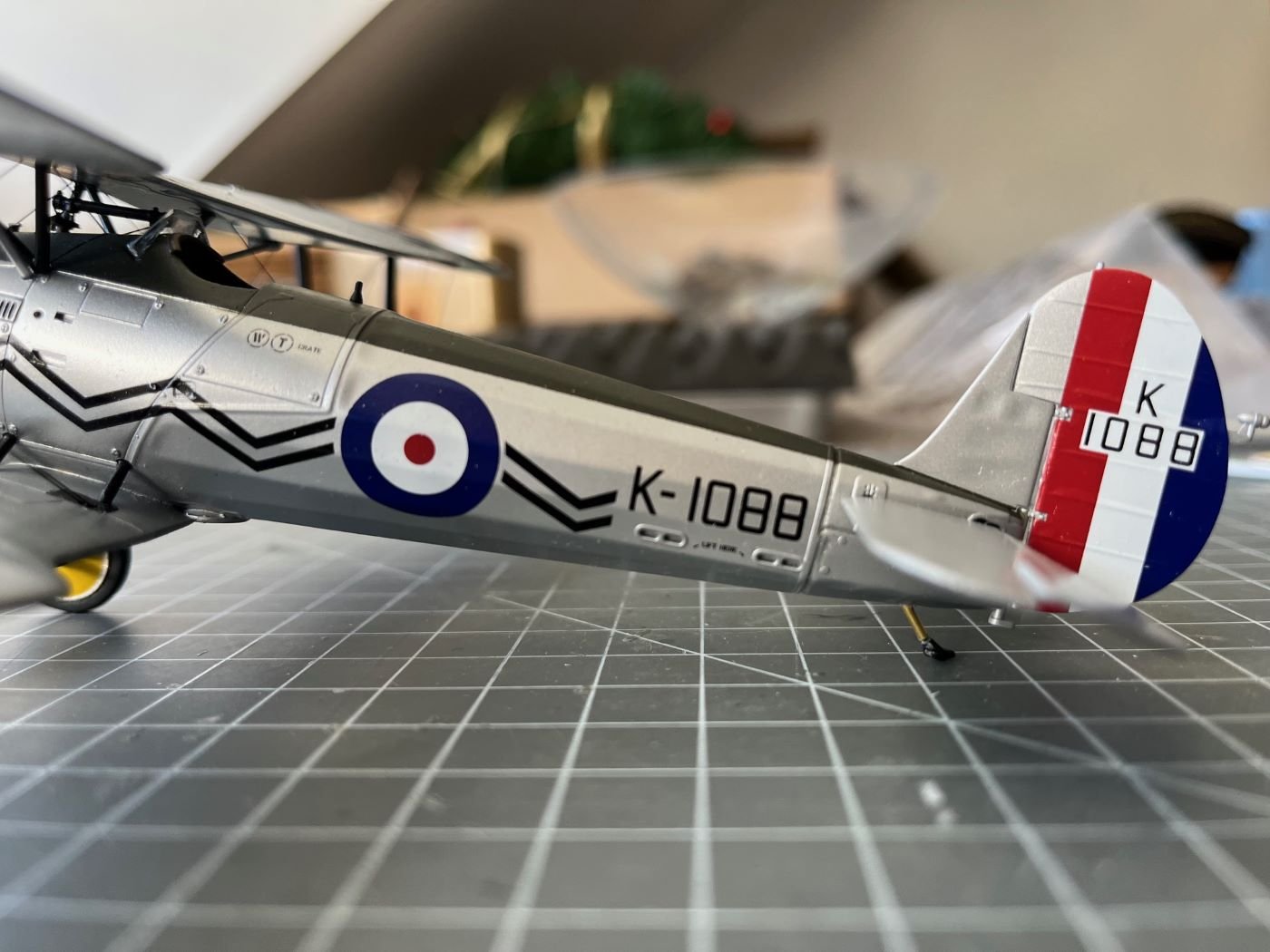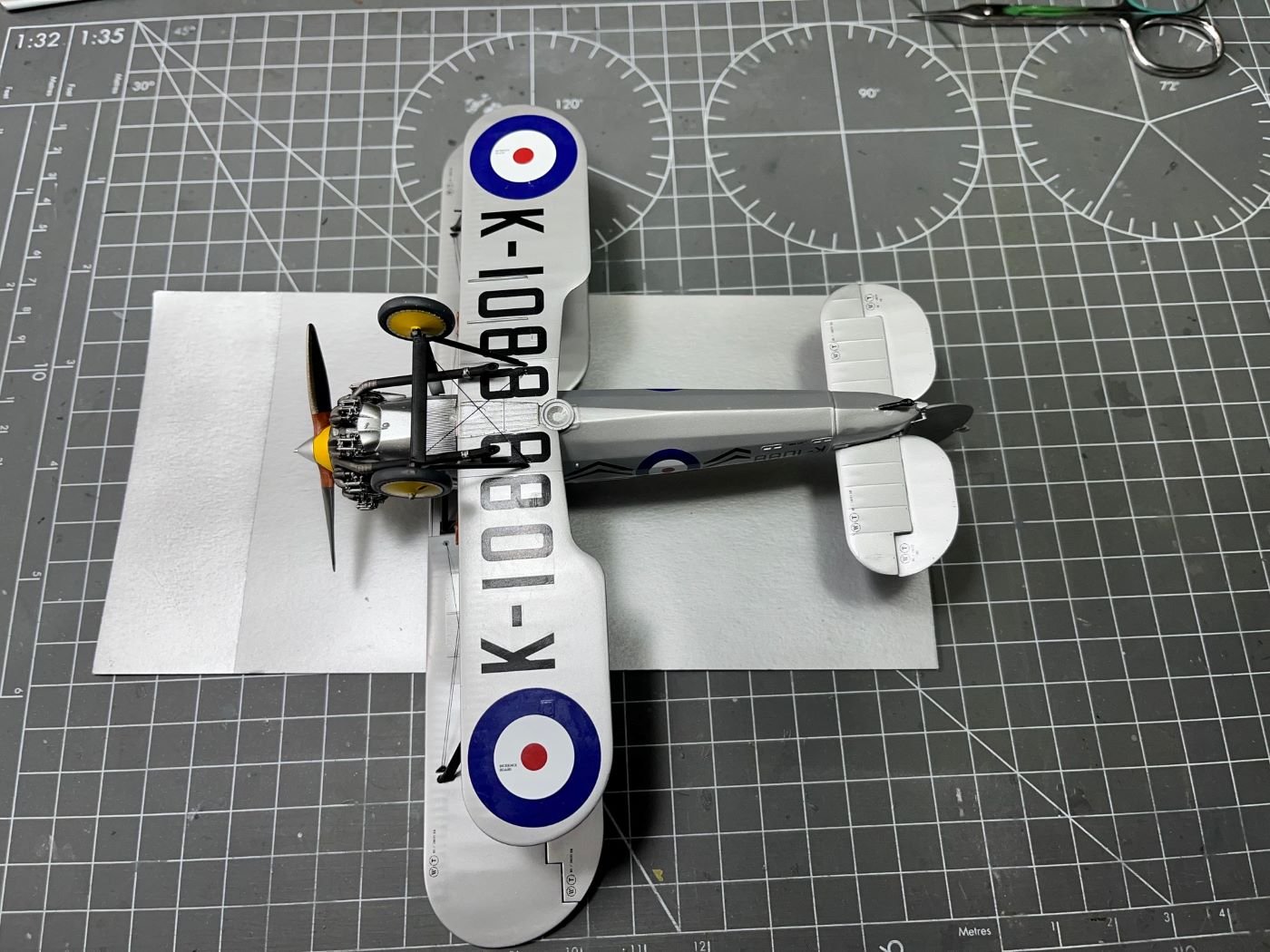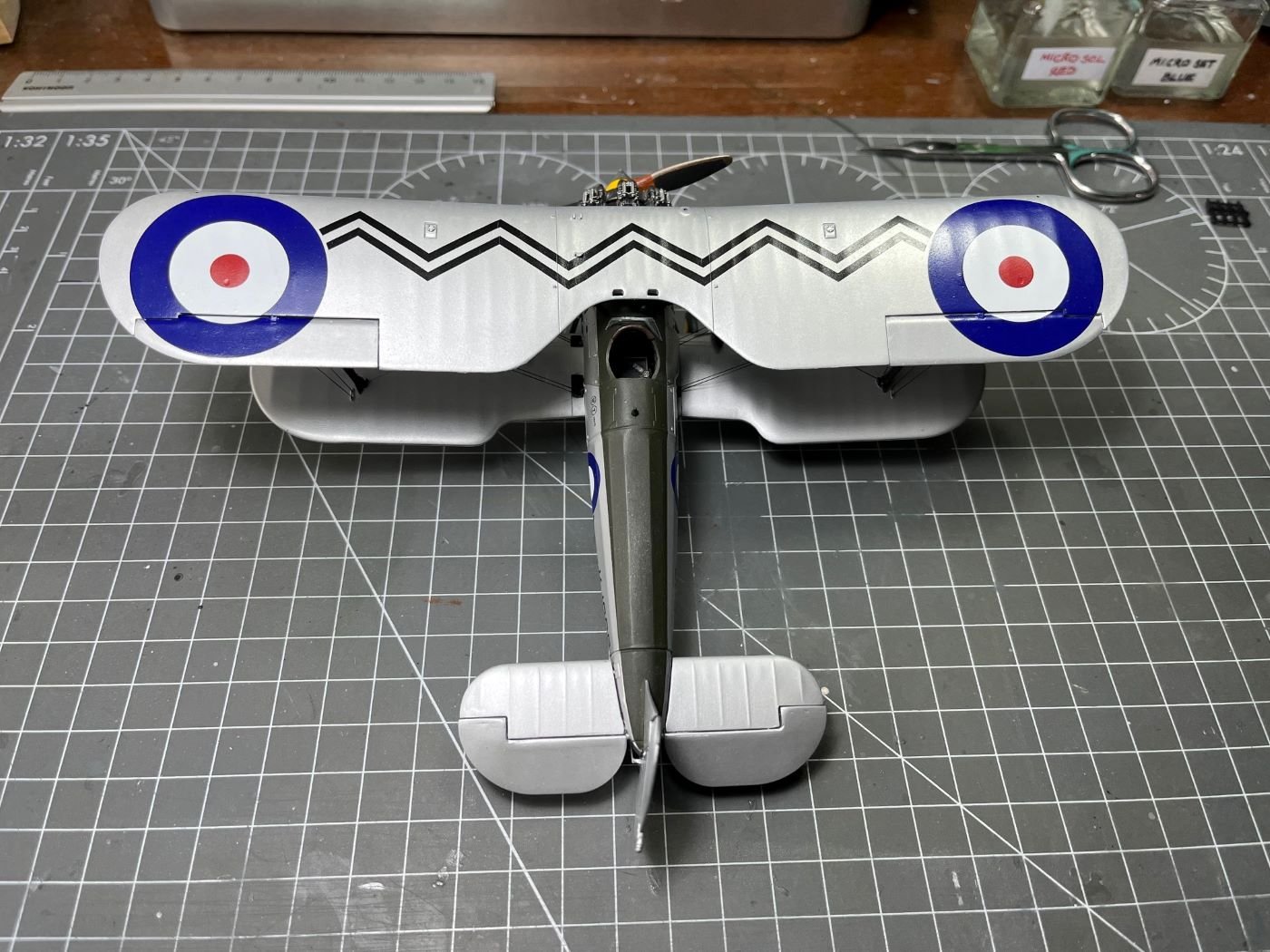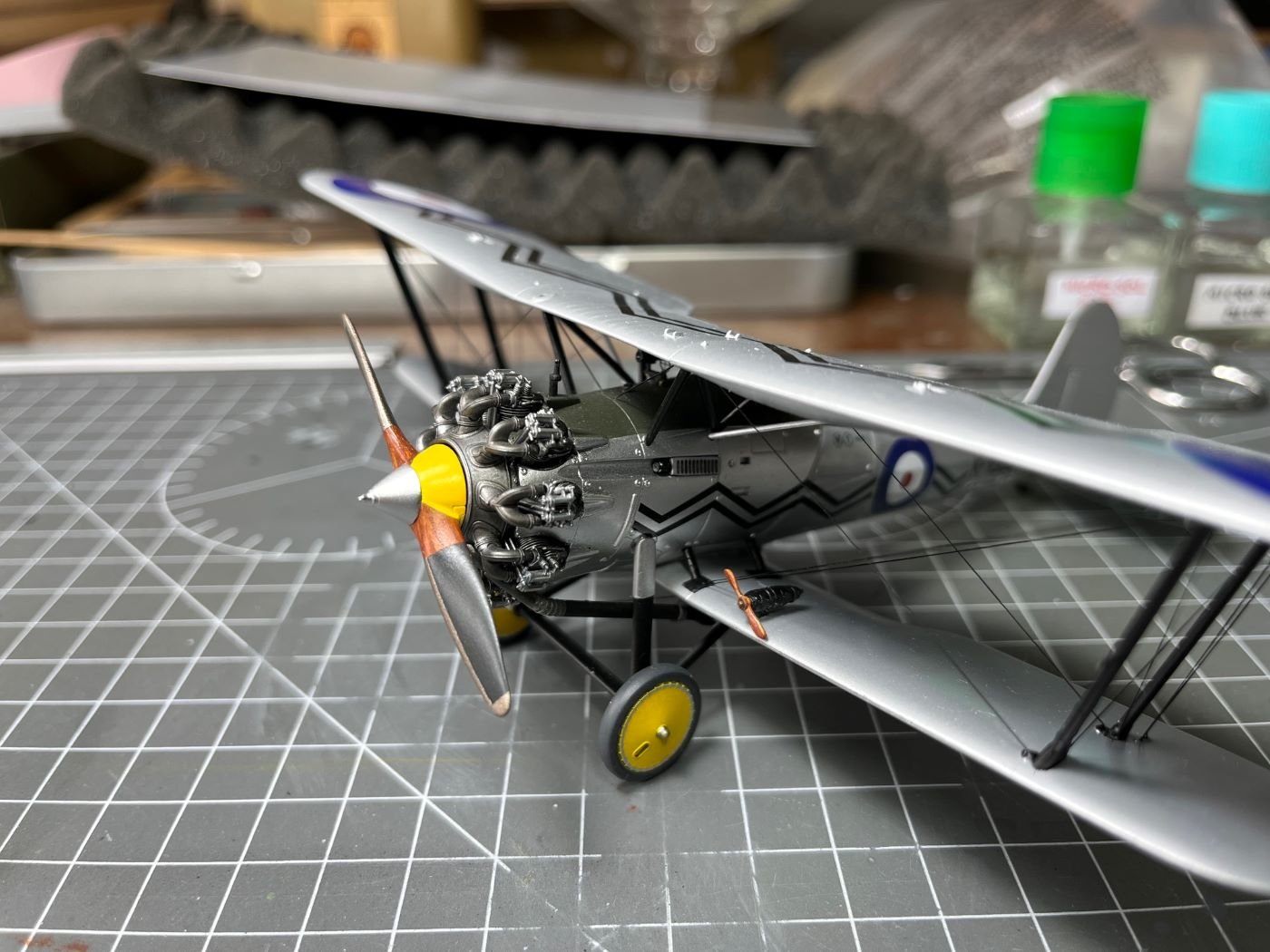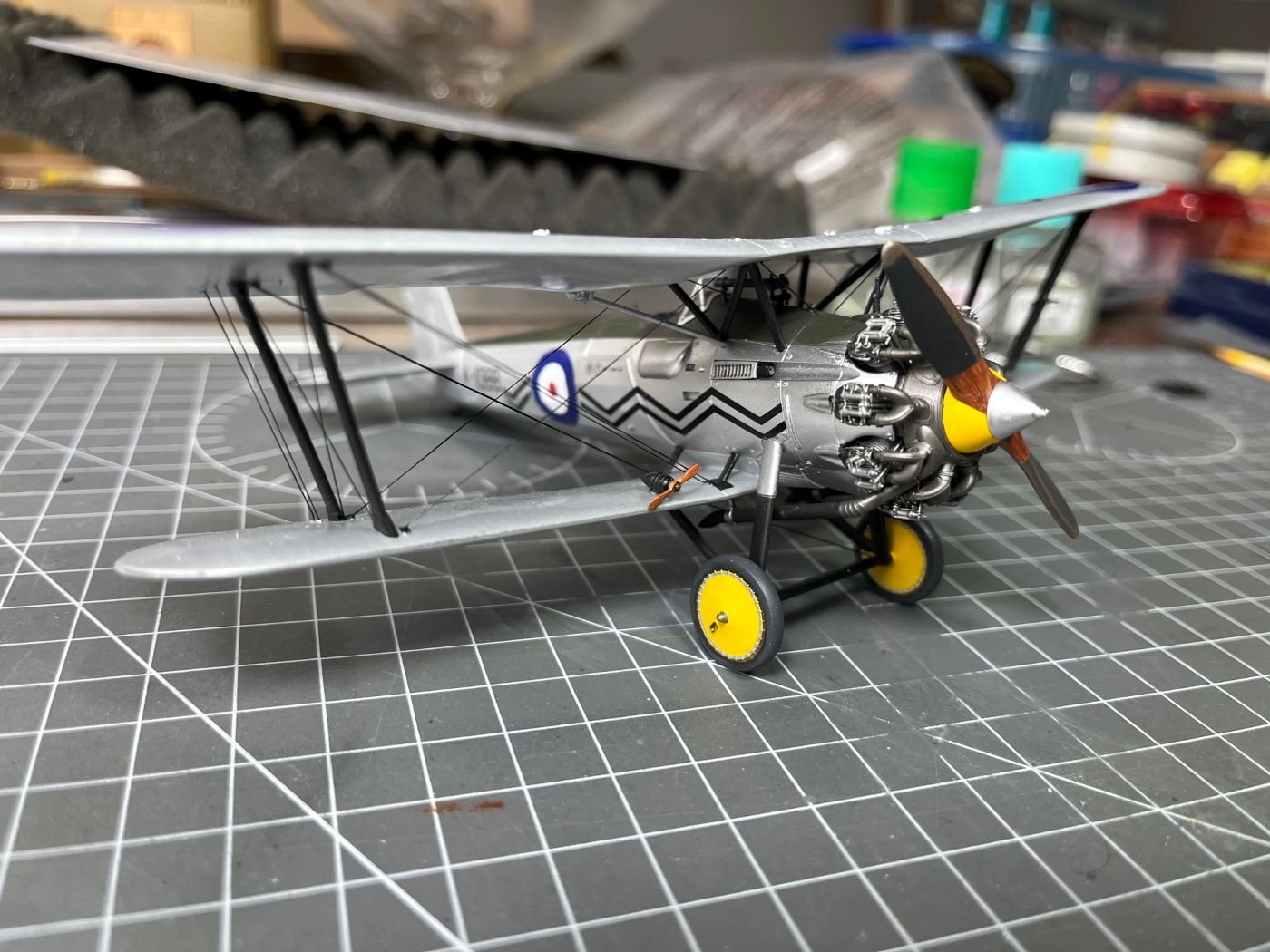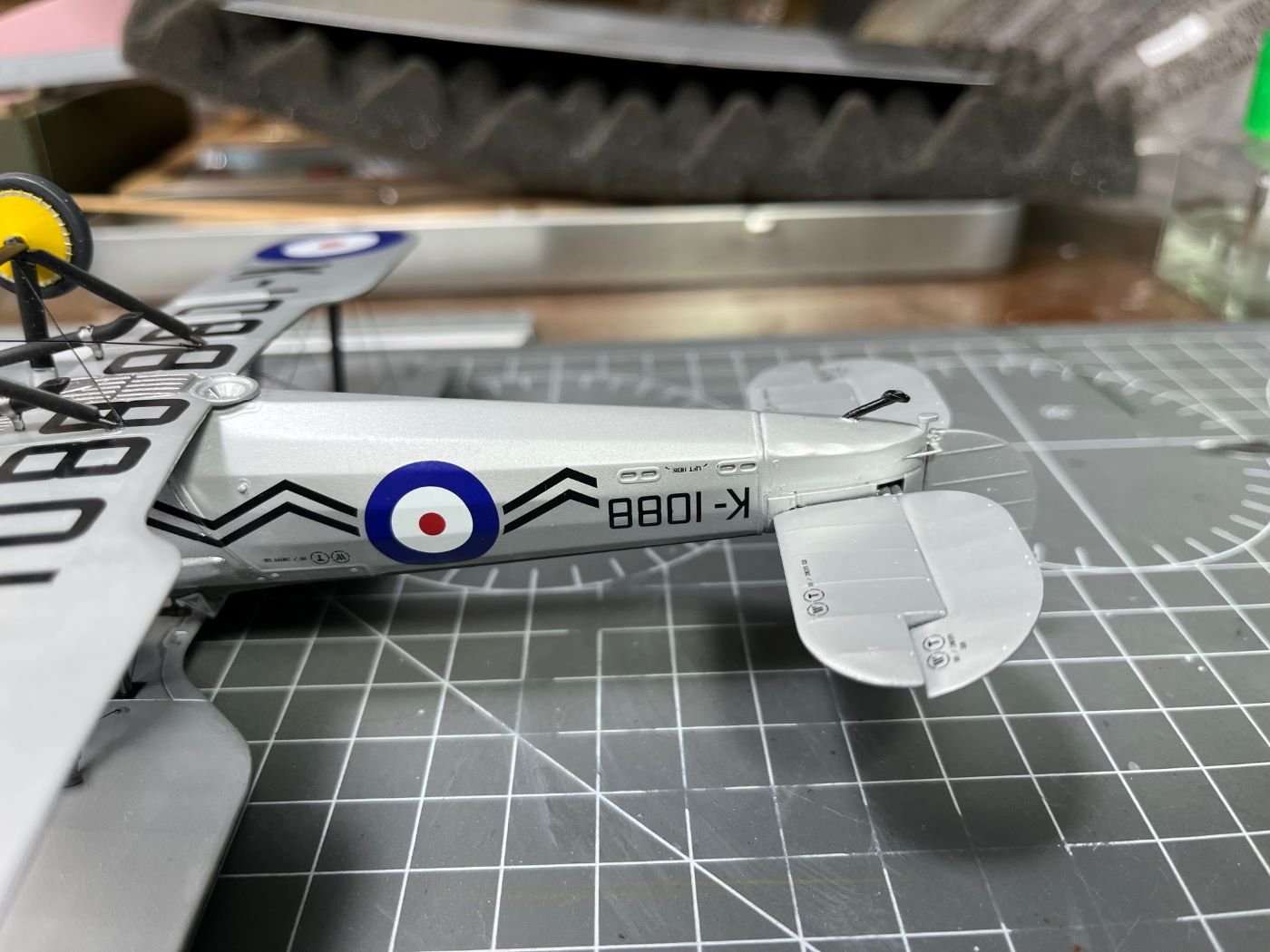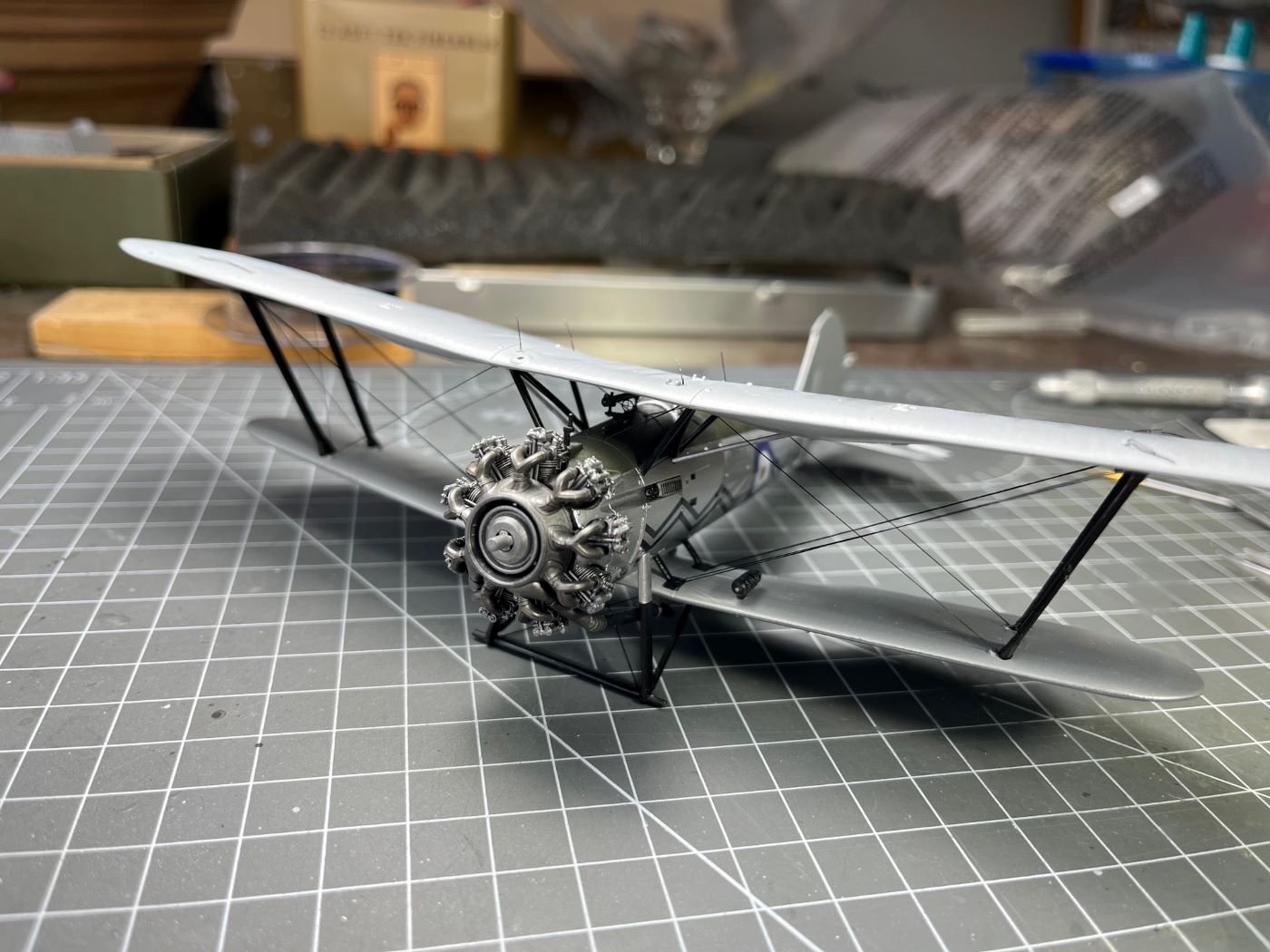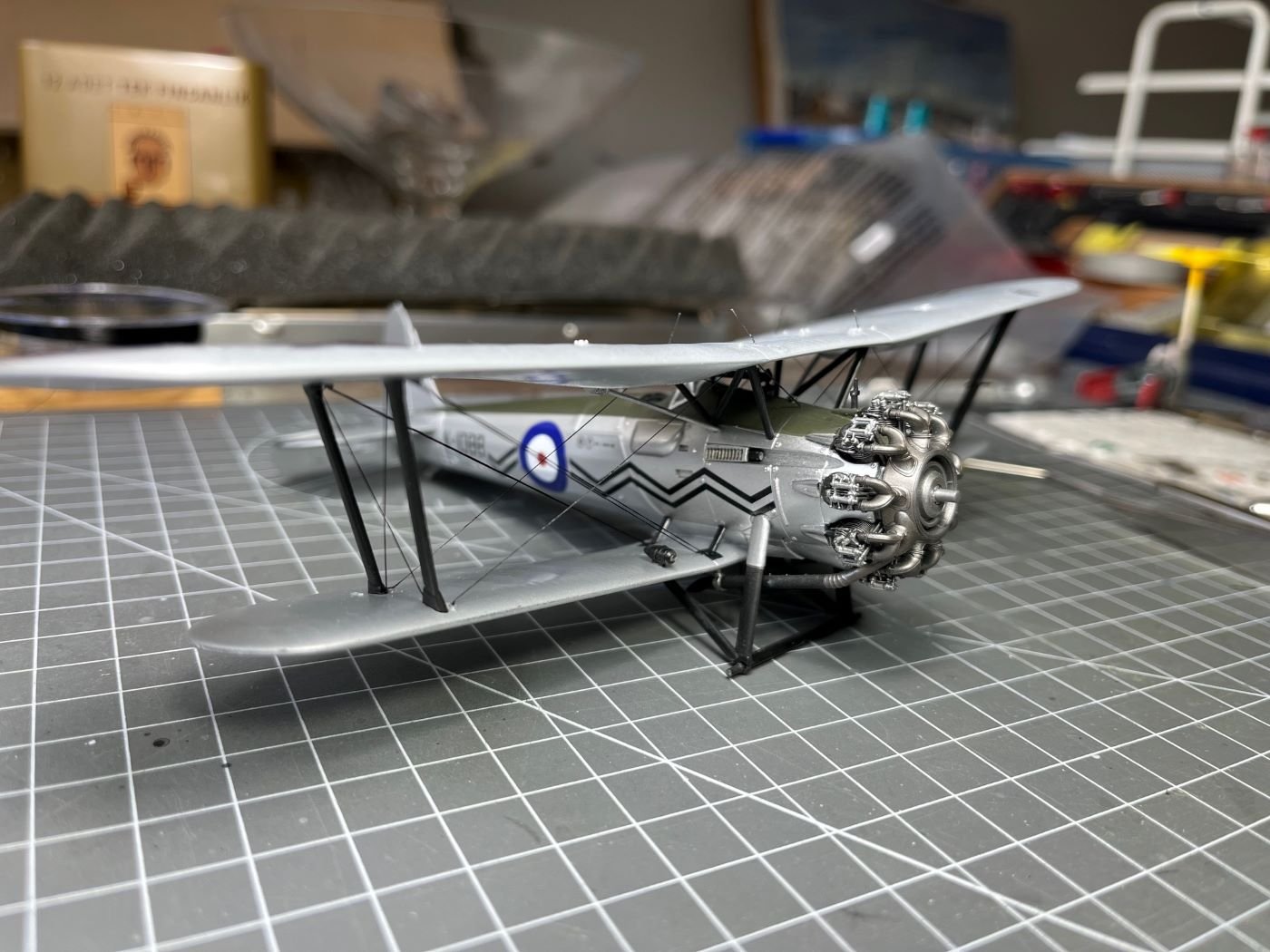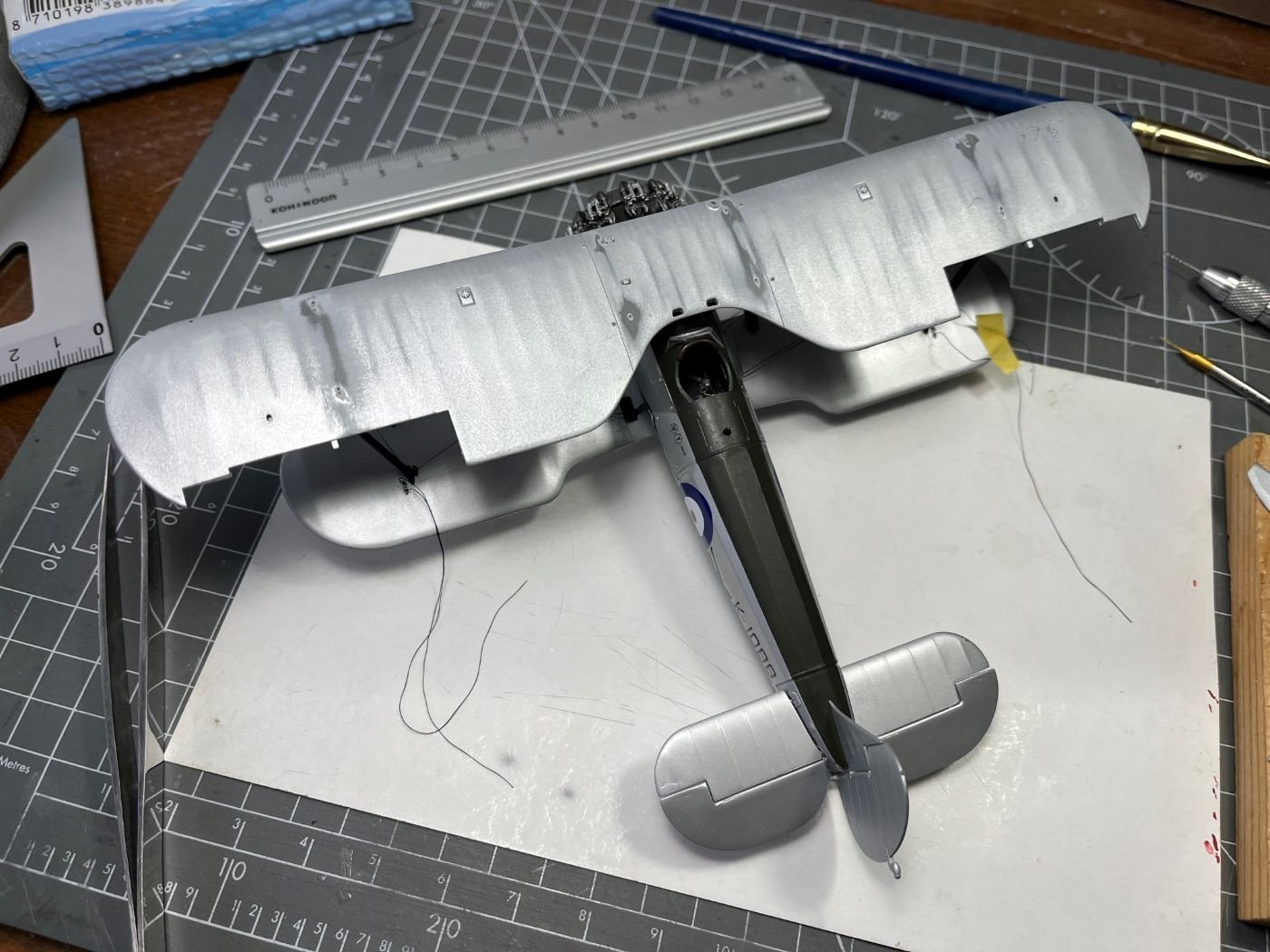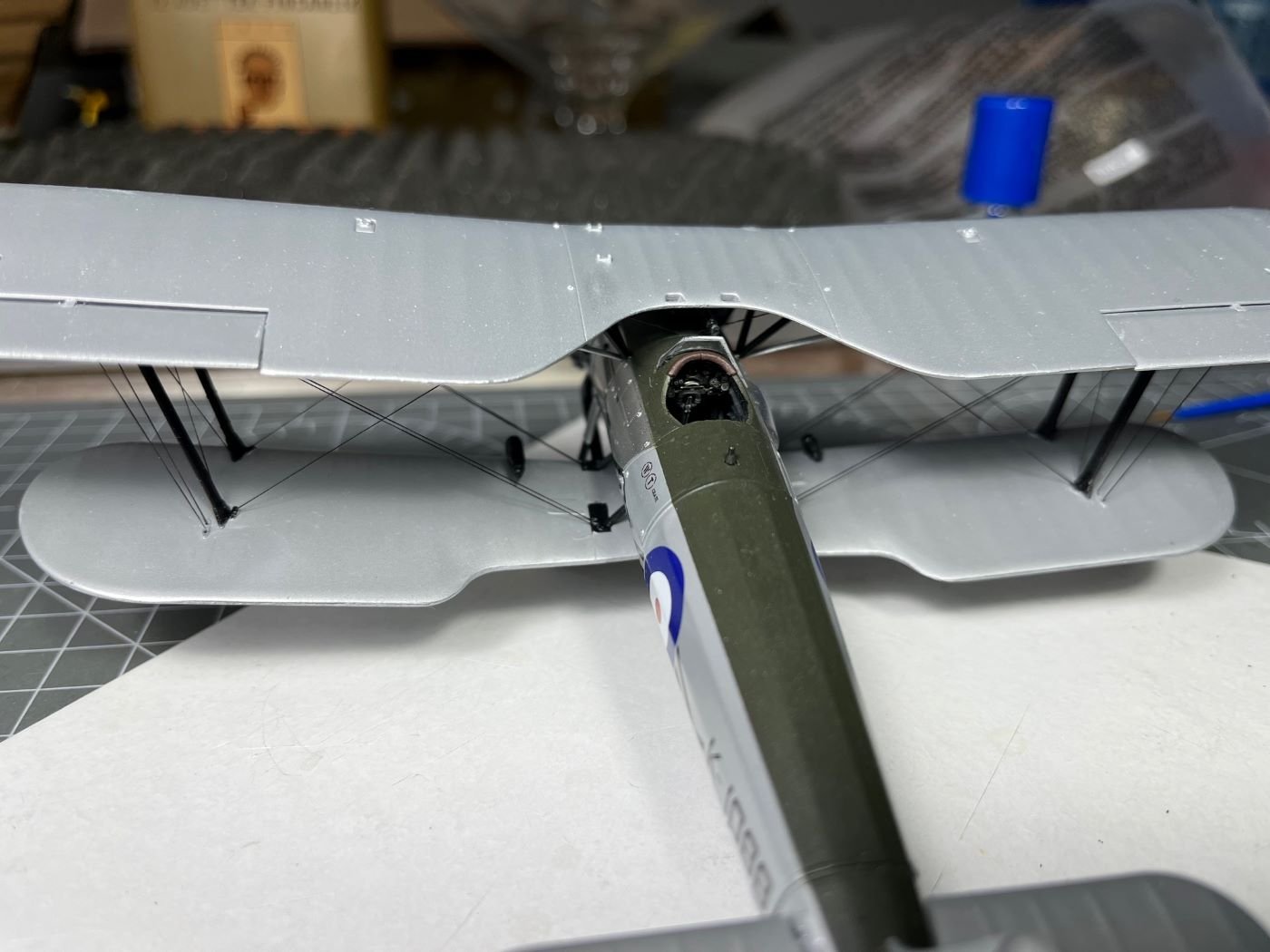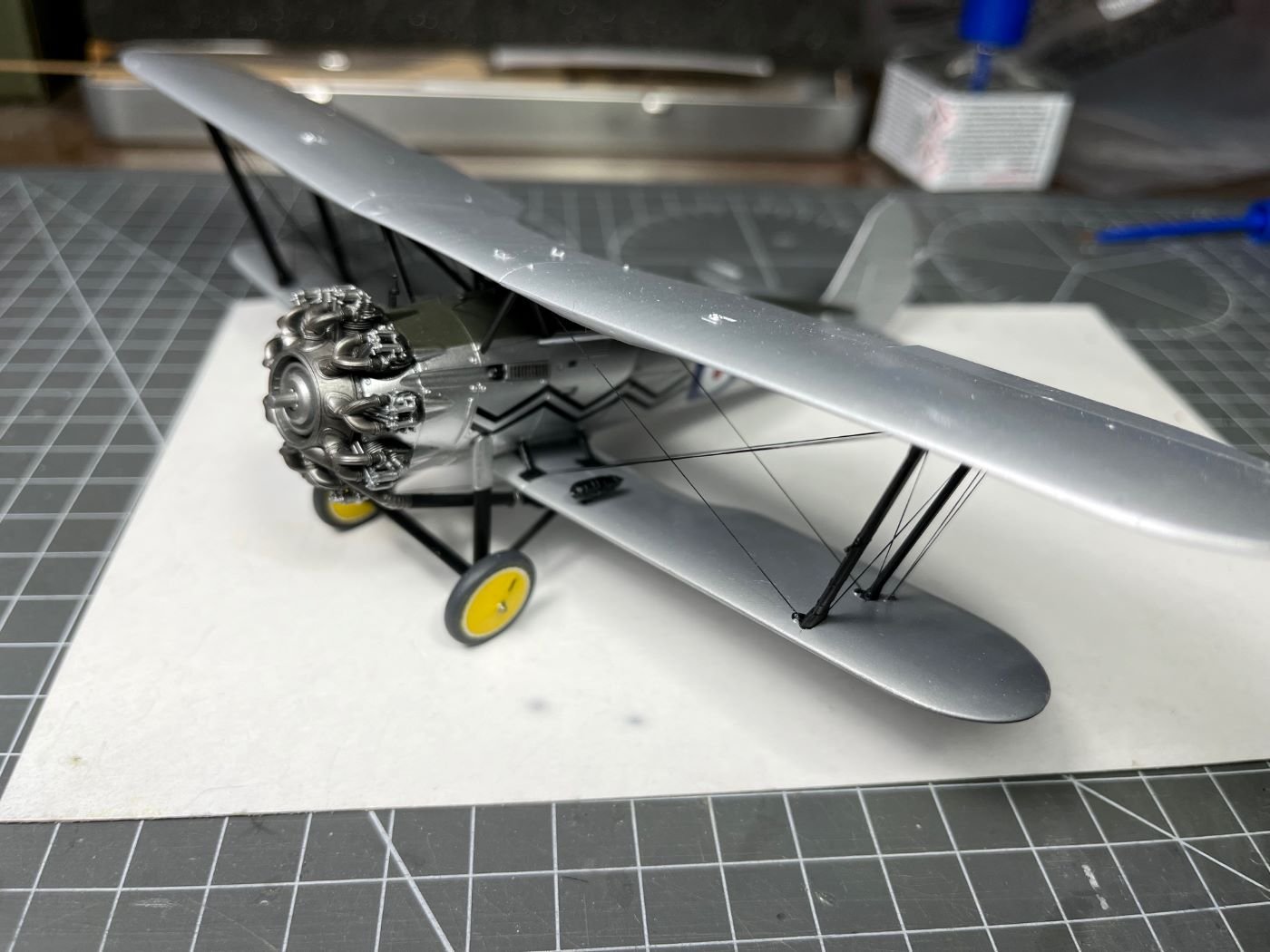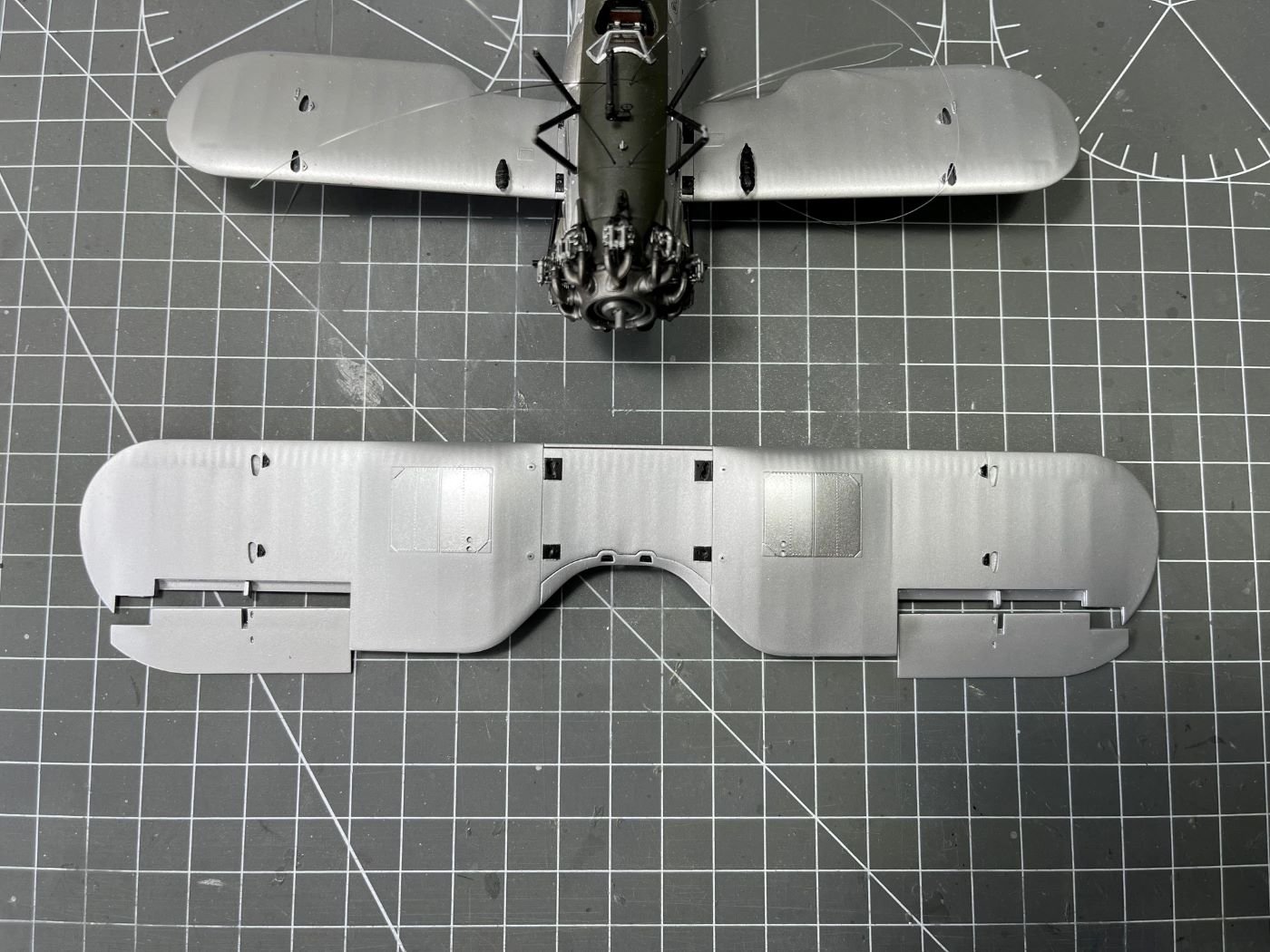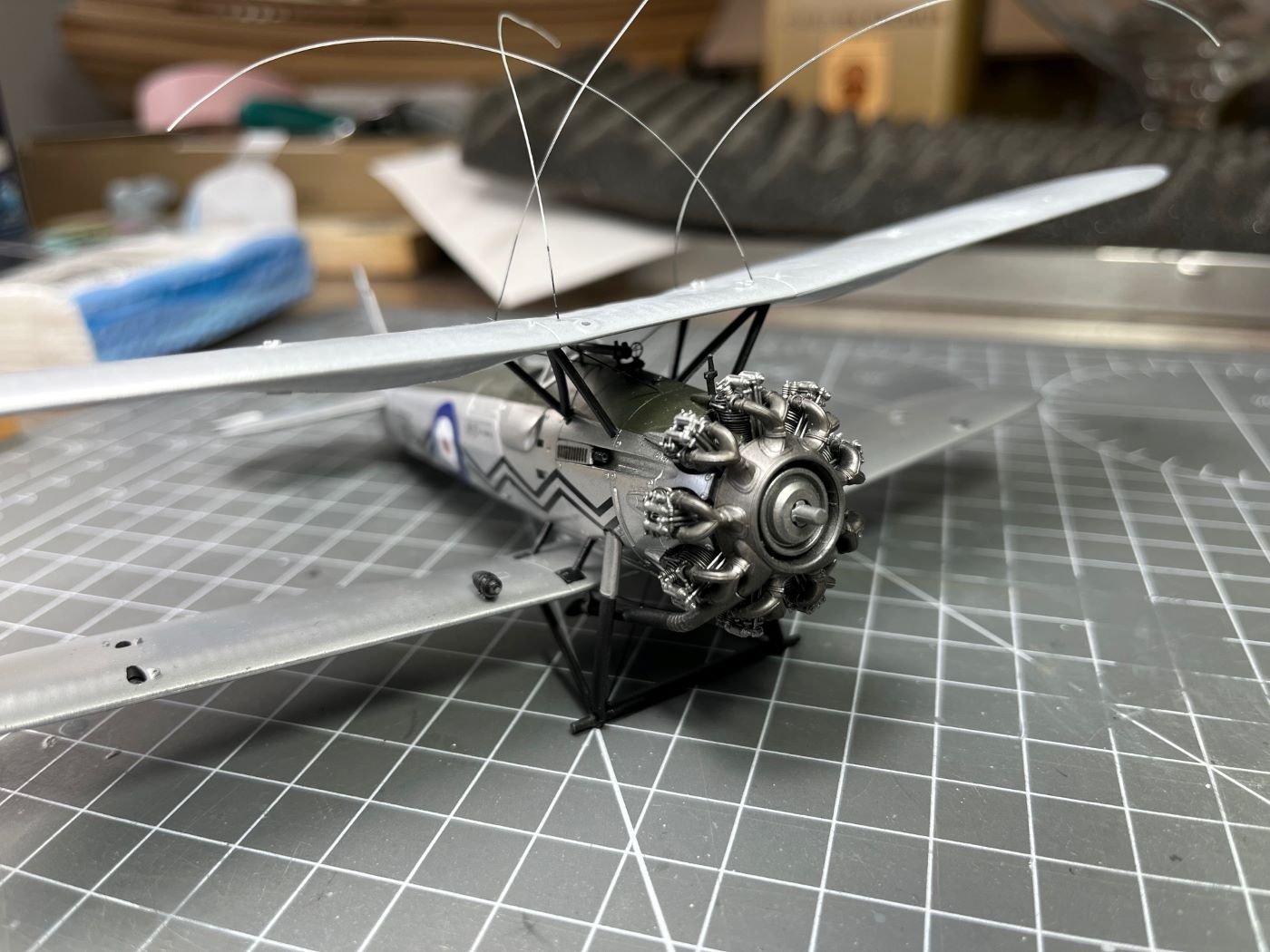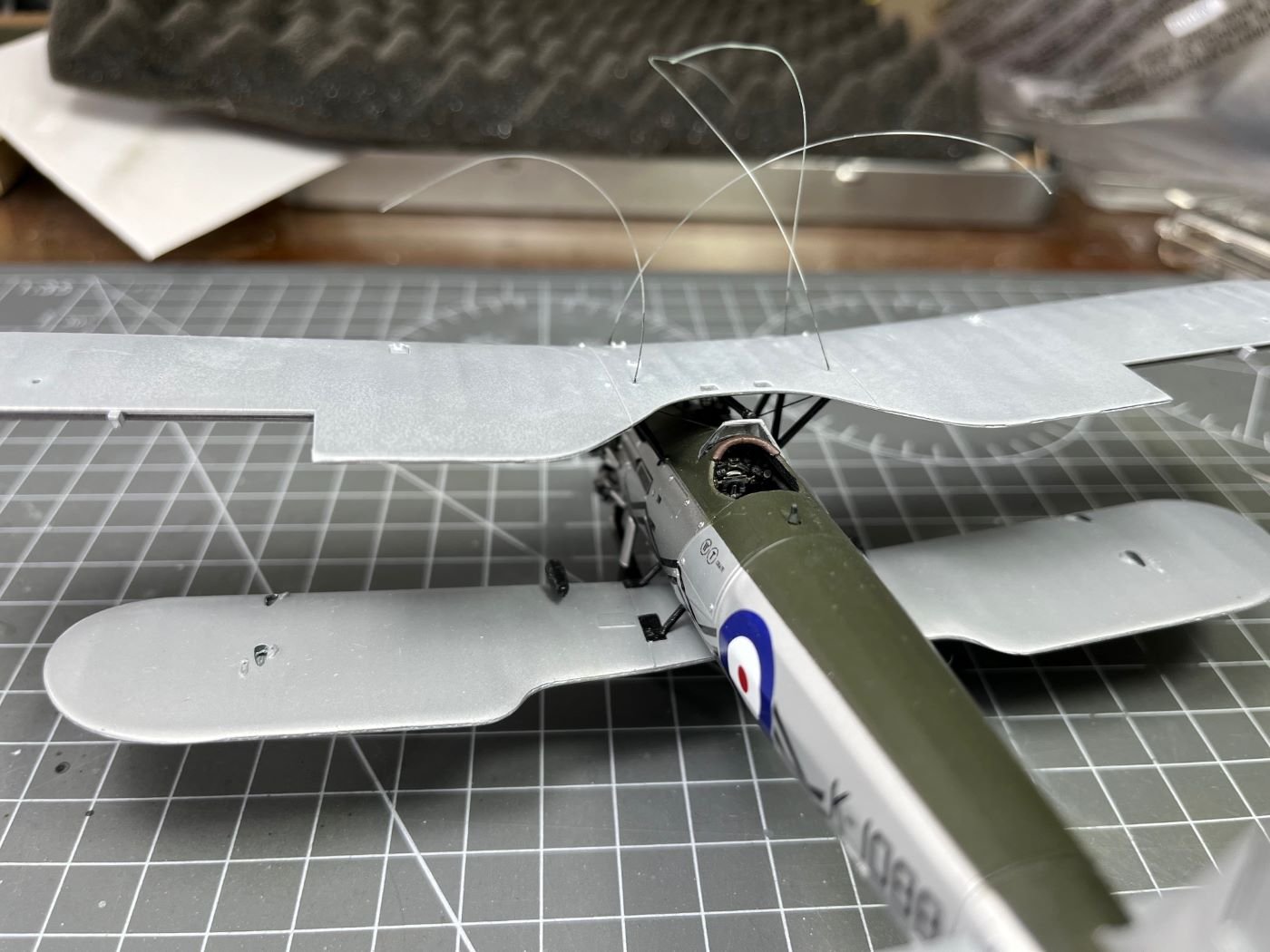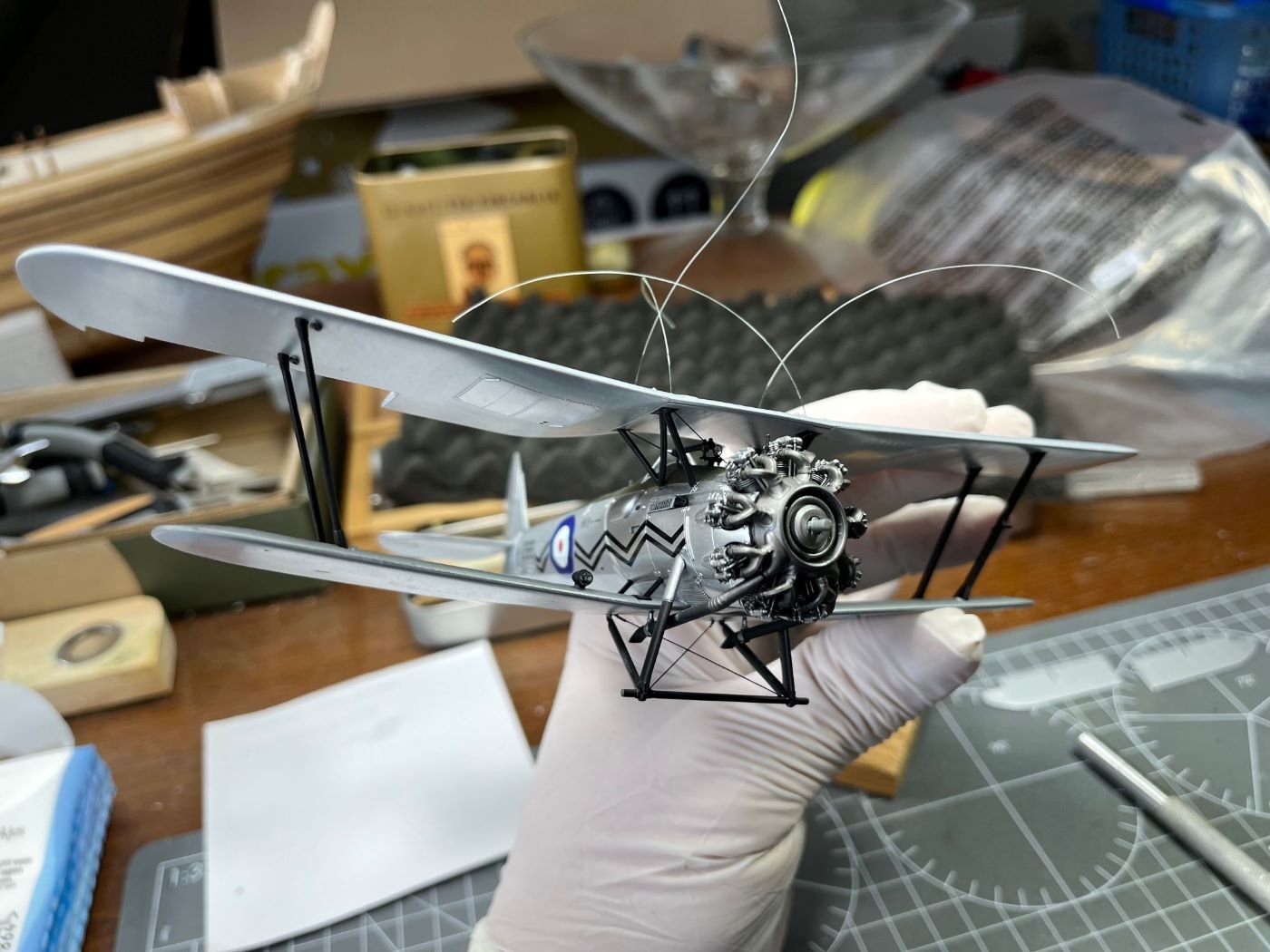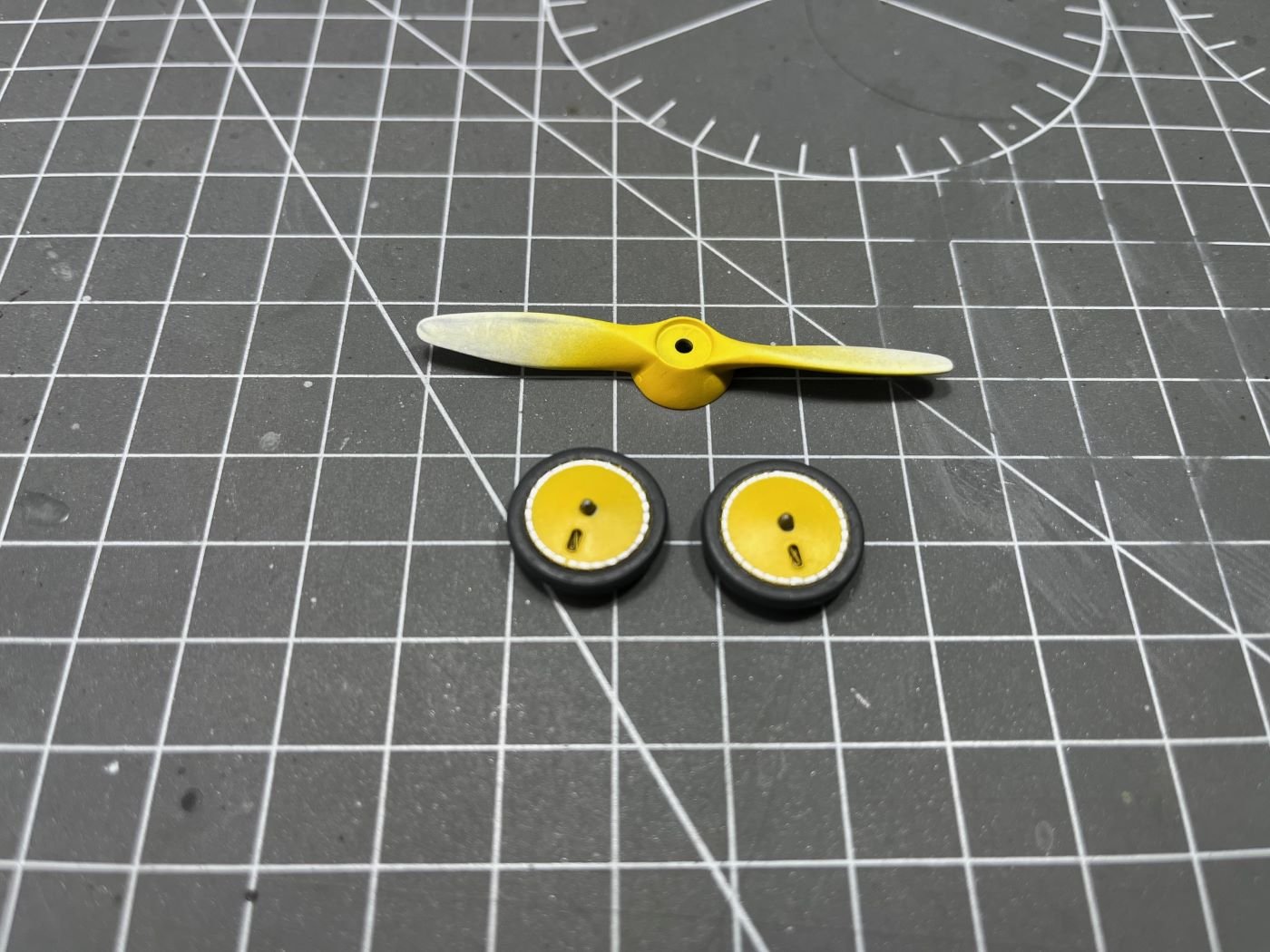-
Posts
745 -
Joined
-
Last visited
-
 king derelict reacted to a post in a topic:
Lotus 72D by DocRob - Tamiya - 1/12 - Plastic/Metal - The Legend
king derelict reacted to a post in a topic:
Lotus 72D by DocRob - Tamiya - 1/12 - Plastic/Metal - The Legend
-
 Old Collingwood reacted to a post in a topic:
Lotus 72D by DocRob - Tamiya - 1/12 - Plastic/Metal - The Legend
Old Collingwood reacted to a post in a topic:
Lotus 72D by DocRob - Tamiya - 1/12 - Plastic/Metal - The Legend
-
 Danstream reacted to a post in a topic:
Lotus 72D by DocRob - Tamiya - 1/12 - Plastic/Metal - The Legend
Danstream reacted to a post in a topic:
Lotus 72D by DocRob - Tamiya - 1/12 - Plastic/Metal - The Legend
-
 Canute reacted to a post in a topic:
Lotus 72D by DocRob - Tamiya - 1/12 - Plastic/Metal - The Legend
Canute reacted to a post in a topic:
Lotus 72D by DocRob - Tamiya - 1/12 - Plastic/Metal - The Legend
-
 DocRob reacted to a post in a topic:
Lotus 72D by DocRob - Tamiya - 1/12 - Plastic/Metal - The Legend
DocRob reacted to a post in a topic:
Lotus 72D by DocRob - Tamiya - 1/12 - Plastic/Metal - The Legend
-
 Danstream reacted to a post in a topic:
Lotus 72D by DocRob - Tamiya - 1/12 - Plastic/Metal - The Legend
Danstream reacted to a post in a topic:
Lotus 72D by DocRob - Tamiya - 1/12 - Plastic/Metal - The Legend
-
 Danstream reacted to a post in a topic:
Lotus 72D by DocRob - Tamiya - 1/12 - Plastic/Metal - The Legend
Danstream reacted to a post in a topic:
Lotus 72D by DocRob - Tamiya - 1/12 - Plastic/Metal - The Legend
-
 Danstream reacted to a post in a topic:
Lotus 72D by DocRob - Tamiya - 1/12 - Plastic/Metal - The Legend
Danstream reacted to a post in a topic:
Lotus 72D by DocRob - Tamiya - 1/12 - Plastic/Metal - The Legend
-
 Danstream reacted to a post in a topic:
Lotus 72D by DocRob - Tamiya - 1/12 - Plastic/Metal - The Legend
Danstream reacted to a post in a topic:
Lotus 72D by DocRob - Tamiya - 1/12 - Plastic/Metal - The Legend
-
 Javlin reacted to a post in a topic:
Bristol Bulldog by Danstream - Airfix - 1/48 - PLASTIC
Javlin reacted to a post in a topic:
Bristol Bulldog by Danstream - Airfix - 1/48 - PLASTIC
-
 Javlin reacted to a post in a topic:
Bristol Bulldog by Danstream - Airfix - 1/48 - PLASTIC
Javlin reacted to a post in a topic:
Bristol Bulldog by Danstream - Airfix - 1/48 - PLASTIC
-
 Canute reacted to a post in a topic:
Bristol Bulldog by Danstream - Airfix - 1/48 - PLASTIC
Canute reacted to a post in a topic:
Bristol Bulldog by Danstream - Airfix - 1/48 - PLASTIC
-
 Canute reacted to a post in a topic:
Bristol Bulldog by Danstream - Airfix - 1/48 - PLASTIC
Canute reacted to a post in a topic:
Bristol Bulldog by Danstream - Airfix - 1/48 - PLASTIC
-
 king derelict reacted to a post in a topic:
Bristol Bulldog by Danstream - Airfix - 1/48 - PLASTIC
king derelict reacted to a post in a topic:
Bristol Bulldog by Danstream - Airfix - 1/48 - PLASTIC
-
 king derelict reacted to a post in a topic:
Bristol Bulldog by Danstream - Airfix - 1/48 - PLASTIC
king derelict reacted to a post in a topic:
Bristol Bulldog by Danstream - Airfix - 1/48 - PLASTIC
-
 Danstream reacted to a post in a topic:
Convair B-58 Hustler by Javlin - FINISHED - Mongram - 1/48 - PLASTIC
Danstream reacted to a post in a topic:
Convair B-58 Hustler by Javlin - FINISHED - Mongram - 1/48 - PLASTIC
-
 Danstream reacted to a post in a topic:
Costa Passenger Coach by yvesvidal - FINISHED - OcCre - 1/32
Danstream reacted to a post in a topic:
Costa Passenger Coach by yvesvidal - FINISHED - OcCre - 1/32
-
.thumb.jpg.c459ce4140b54c12eddb8eedfd446df3.jpg)
Bristol Bulldog by Danstream - Airfix - 1/48 - PLASTIC
Danstream replied to Danstream's topic in Non-ship/categorised builds
Thank you Gary, for your nice comment. Indeed, it was a bit of a work to paint all the various finishes, but it paid off. Regards, Dan -
 Danstream reacted to a post in a topic:
Bristol Bulldog by Danstream - Airfix - 1/48 - PLASTIC
Danstream reacted to a post in a topic:
Bristol Bulldog by Danstream - Airfix - 1/48 - PLASTIC
-
.thumb.jpg.c459ce4140b54c12eddb8eedfd446df3.jpg)
Bristol Bulldog by Danstream - Airfix - 1/48 - PLASTIC
Danstream replied to Danstream's topic in Non-ship/categorised builds
A very short post with only one picture just to show the repaired tail skid (as I said, I replaced the bent part with a piece of brass tube): To answer to Andy, @realworkingsailor, this picture shows also one of the fin flash decals that are now glued on. Due a trip abroad, I will have this build on hold for a while. Enjoy your hobbies and see you in a couple of weeks, Dan -
.thumb.jpg.c459ce4140b54c12eddb8eedfd446df3.jpg)
Bristol Bulldog by Danstream - Airfix - 1/48 - PLASTIC
Danstream replied to Danstream's topic in Non-ship/categorised builds
In fact, this is why I need to repair it asap before I finish the build. Cheers, Dan -
.thumb.jpg.c459ce4140b54c12eddb8eedfd446df3.jpg)
Bristol Bulldog by Danstream - Airfix - 1/48 - PLASTIC
Danstream replied to Danstream's topic in Non-ship/categorised builds
Thanks Andy! Indeed, it is very easy to damage the finish and the more you go on with the build, the more difficult is to repair it. It was an interesting building experience. For the fin flash there are two options, one is a complete three colors decal for the complete rudder, the second is to leave to the modeler to paint the three bands and then just add the identification letters and numbers. At this point, I am a bit tired of this model, so I am going for the quicker former one. Cheers, Dan -
 Danstream reacted to a post in a topic:
Bristol Bulldog by Danstream - Airfix - 1/48 - PLASTIC
Danstream reacted to a post in a topic:
Bristol Bulldog by Danstream - Airfix - 1/48 - PLASTIC
-
 Danstream reacted to a post in a topic:
Bristol Bulldog by Danstream - Airfix - 1/48 - PLASTIC
Danstream reacted to a post in a topic:
Bristol Bulldog by Danstream - Airfix - 1/48 - PLASTIC
-
.thumb.jpg.c459ce4140b54c12eddb8eedfd446df3.jpg)
Bristol Bulldog by Danstream - Airfix - 1/48 - PLASTIC
Danstream replied to Danstream's topic in Non-ship/categorised builds
Hi, thanks for the notes and the 'like's! I am now completing the application of the decals that, as I said earlier, are of very good quality. Some of them are really large and some care is necessary to avoid folds and bubbles. The lower side is completed: What is still missing on this side is the small rack with the bombs and the transparent cover of the ventral light. The upper side: Here a number of small items needs to be completed. Once well cured, I think of sealing these decals with X-22. The propeller was painted following pictures found on the web along with the small propellers of the power generators: Wood grain was sketched with an oil brown color. Unfortunately, handling the model, I found the the tail skid was bent. This might be due to the not so good plastic material that has poor mechanical qualities and get easily yielded. A small surgery will be necessary to replace the plastic part with a brass tube. All these final bits take a lot of time for me and I have to put extra care for not messing up things at this stage. That is all for now, probably the next post will be the final one. Best regards, Dan -
.thumb.jpg.c459ce4140b54c12eddb8eedfd446df3.jpg)
VTOL(s) by yvesvidal - FINISHED - 1/48th - PLASTIC
Danstream replied to yvesvidal's topic in Non-ship/categorised builds
Thanks for your answer. Surely the French engineers made extensive testing to support their design. This is the norm. As a side note, I just mention that a symmetric section is also able to produce lift when it is at an angle with the flow. A symmetric section would have been much easier to be build in a controlled way. I think that with an annular wing, the lift is not just the integration of the local forces of the sections, but also the synergy that the tube produces as a whole when at an angle of attack. It goes without saying that when the plane is vertical, it must entirely rely on the trust of the engine to stay aloft. Best regards, Dan -
.thumb.jpg.c459ce4140b54c12eddb8eedfd446df3.jpg)
Bristol Bulldog by Danstream - Airfix - 1/48 - PLASTIC
Danstream replied to Danstream's topic in Non-ship/categorised builds
Thank you Rob, happy that you like it. Cheers, Dan -
.thumb.jpg.c459ce4140b54c12eddb8eedfd446df3.jpg)
VTOL(s) by yvesvidal - FINISHED - 1/48th - PLASTIC
Danstream replied to yvesvidal's topic in Non-ship/categorised builds
Awesome thematic collection, Yves. Perhaps, my preferred is the French Coleoptere. I am amazed by the fact that it flew and somebody could control it. BTW, you wrote that the annular wing had a variable section along the circumference; is this documented or is a deduction of yours? Best regards, Dan -
.thumb.jpg.c459ce4140b54c12eddb8eedfd446df3.jpg)
Bristol Bulldog by Danstream - Airfix - 1/48 - PLASTIC
Danstream replied to Danstream's topic in Non-ship/categorised builds
Thanks Gary for your appreciation. Indeed, when I have to apply some pressure to hold firmly the model, a latex glove helps a lot not to leave marks on the paint, especially when dealing with metallic paints. Thanks Alan, it is true that rigging a biplane takes some time and patience. I had to break it down in several sessions to make it more bearable. But, in the end, there is some sense of satisfaction when it is completed. Best regards, Dan -
.thumb.jpg.c459ce4140b54c12eddb8eedfd446df3.jpg)
Bristol Bulldog by Danstream - Airfix - 1/48 - PLASTIC
Danstream replied to Danstream's topic in Non-ship/categorised builds
Hi, I went on with rigging my biplane after having decided to use an elastic thread for that. This was a first for me and I went through a learning curve with the application of this stuff. Practically, that means that the last wires are more cleanly glued that the former ones. I will have to live with that. Some of them are going through the top wing, as shown below. After some fights, the rigging is completed and the top wing is sanded and eventually painted: And now, this is how my Bulldog is resting on its own wheels: As a conclusion, I can definitively say that I will have enough with biplanes for quite some time. Now the remaining work should be downhill (I know, I should never say that in advance). Best regards, Dan -
.thumb.jpg.c459ce4140b54c12eddb8eedfd446df3.jpg)
Bristol Bulldog by Danstream - Airfix - 1/48 - PLASTIC
Danstream replied to Danstream's topic in Non-ship/categorised builds
Hi all, I am proceeding slowly ahead and I finished in all details the lower side of the upper wing: The upper wing is then installed on the cabane struts and the wires are passed through the wing and tensioned. Now we have finally a proper biplane: Actually, the fishing line that I used here to make the rigging wires, contributes to the stiffness of the assembly. For the other rigging wires, though, I am considering using an elastic thread. Then, also the other interplane struts are installed: Thanks to the precision of the kit parts, the biplane assembly was trouble free and seems quite sturdy and well aligned. Meanwhile, the wheels are completed: The aluminum rim of the wheels is made with decals provided with the kits. Next, I am proceeding with the interplane rigging which I guess will take a while. Best regards, Dan
About us
Modelshipworld - Advancing Ship Modeling through Research
SSL Secured
Your security is important for us so this Website is SSL-Secured
NRG Mailing Address
Nautical Research Guild
237 South Lincoln Street
Westmont IL, 60559-1917
Model Ship World ® and the MSW logo are Registered Trademarks, and belong to the Nautical Research Guild (United States Patent and Trademark Office: No. 6,929,264 & No. 6,929,274, registered Dec. 20, 2022)
Helpful Links
About the NRG
If you enjoy building ship models that are historically accurate as well as beautiful, then The Nautical Research Guild (NRG) is just right for you.
The Guild is a non-profit educational organization whose mission is to “Advance Ship Modeling Through Research”. We provide support to our members in their efforts to raise the quality of their model ships.
The Nautical Research Guild has published our world-renowned quarterly magazine, The Nautical Research Journal, since 1955. The pages of the Journal are full of articles by accomplished ship modelers who show you how they create those exquisite details on their models, and by maritime historians who show you the correct details to build. The Journal is available in both print and digital editions. Go to the NRG web site (www.thenrg.org) to download a complimentary digital copy of the Journal. The NRG also publishes plan sets, books and compilations of back issues of the Journal and the former Ships in Scale and Model Ship Builder magazines.

